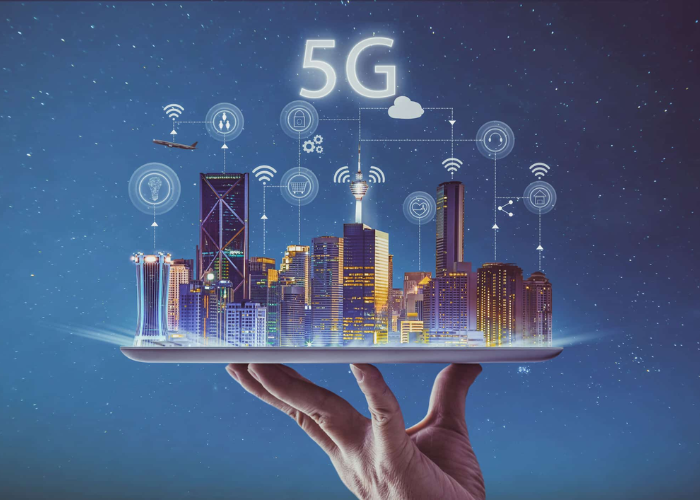5G technology is the fifth generation of wireless communication technology, which has the potential to revolutionize the way we live, work, and play. 5G is the successor to 4G LTE, providing faster and more reliable connection speeds for data transfer and communication. 5G technology promises to offer new opportunities and possibilities for industries across the board, including healthcare, retail, and transportation. In this blog, we’ll discuss the basics of 5G technology, its potential uses, benefits, and challenges.
What is 5G?
5G is the fifth generation of wireless communication technology, and is the successor to 4G LTE. 5G networks are designed to support faster data transfer speeds and have a wider coverage area compared to 4G. 5G technology is based on a series of new technologies, including millimeter-wave (mmWave) technology, massive MIMO (multiple-input, multiple-output), and beamforming. These new technologies allow 5G networks to provide faster speeds, lower latency, and more reliable connections.
Benefits of 5G
The main benefit of 5G technology is its improved speed and reliability. 5G networks are designed to provide speeds up to 10 times faster than 4G. This means that data transfer and communication can be done much more quickly, allowing for more efficient and effective communication. Additionally, 5G networks have lower latency, meaning the time it takes for a signal to travel from one device to another is shorter. This means that devices can communicate and respond more quickly.
Potential Uses for 5G
5G technology has the potential to revolutionize the way we live, work, and play. 5G networks could be used in a variety of industries, including healthcare, retail, transportation, and more. In healthcare, 5G could be used for remote patient monitoring and telemedicine. In retail, 5G could be used for faster checkout and more efficient inventory tracking. In transportation, 5G could be used for improved traffic management and autonomous vehicle control.
Challenges of 5G
5G technology is still in its early stages and there are a number of challenges that need to be addressed before it can be widely adopted. One of the major challenges is the lack of infrastructure. 5G networks require new infrastructure to be built, which could be costly and time consuming. Additionally, 5G signals are not always able to penetrate walls and other obstacles, which could limit the effectiveness of the technology in certain areas. Finally, 5G technology is still relatively new and there are still a lot of questions about its security and privacy.
Conclusion
5G technology has the potential to revolutionize the way we live, work, and play. 5G networks offer faster speeds, lower latency, and more reliable connections than previous generations of wireless technology. 5G networks could be used in a variety of industries, including healthcare, retail, transportation, and more. However, there are still a number of challenges that must be addressed before 5G can be widely adopted, including the lack of infrastructure and questions about security and privacy.






